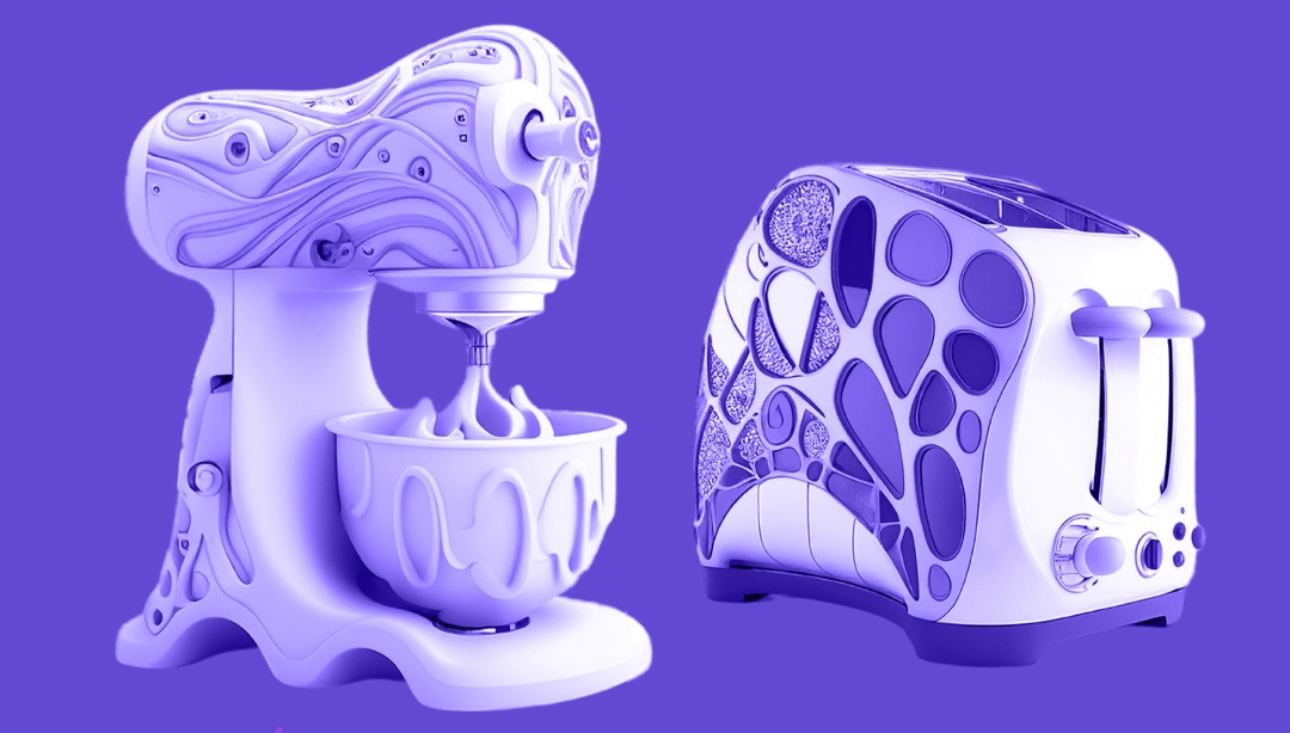Мир дизайна и веб-разработки постоянно развивается, принося свежие цветовые тренды каждый год, которые вдохновляют дизайнеров, художников и разработчиков
ОпубликованоДекабрь 19, 2024

С каждым годом технологии развиваются с потрясающей скоростью и cегодня мы можем наблюдать, как искусственный интеллект (ИИ) и нейросети становятся неотъемлемой частью нашей повседневной жизни. Если еще недавно бытовая техника казалась простыми устройствами для удобства, то с развитием нейросетей она превращается в умных помощников, которые адаптируются под наши предпочтения и делают жизнь намного комфортнее. В этом посте мы подробно разберемся, как нейросети уже меняют бытовую технику, и какие преимущества эти изменения приносят пользователю.
Нейросети — это искусственные системы, способные анализировать большие объемы данных, учиться и принимать решения на основе информации, которую они получают. Они начинают внедряться в различные сферы нашей жизни, включая бытовую технику. Раньше обычные приборы выполняли лишь базовые функции, а теперь, благодаря нейросетям, они становятся «умными», предсказуемыми и адаптированными под поведение пользователей.
Главным преимуществом использования нейросетей в бытовой технике является автоматизация процессов. Умные устройства, например, стиральные машины, холодильники, пылесосы или кофемашины, могут изучать поведение пользователя и на основе этих данных подстраиваться под его предпочтения. Например, умный холодильник может отслеживать, какие продукты часто используются, и предлагать рецепты на основе имеющихся ингредиентов. Пылесосы с нейросетями могут определять оптимальные маршруты для уборки, избегать препятствий и выбирать нужную мощность в зависимости от состояния пола.
Устройства с нейросетями могут не только предсказывать потребности пользователя, но и запоминать его предпочтения. Например, умные термостаты могут настроить температуру в доме, исходя из того, когда человек обычно возвращается домой. Это позволяет создать максимальный комфорт, не тратя энергии на поддержание постоянной температуры, когда в доме никого нет. Также, кофемашины с нейросетями могут запоминать предпочтения каждого члена семьи, и за счет этого готовить кофе точно по их вкусу.
С помощью нейросетей устройства могут значительно повысить свою энергоэффективность. Например, умные стиральные машины и посудомоечные машины могут адаптировать свои режимы работы в зависимости от количества и типа загруженной посуды или одежды. Это не только снижает потребление электроэнергии, но и уменьшает вредное воздействие на окружающую среду.
Бытовая техника, оснащенная нейросетями, минимизирует возможность ошибок, связанных с человеческим фактором. Например, умные утюги могут автоматически регулировать температуру в зависимости от типа ткани, предотвращая ее повреждение. Пылесосы, оснащенные нейросетями, могут эффективно работать в любом пространстве, точно определяя, где нужно провести уборку, а где достаточно пропылесосить.
Как и любая новая технология, нейросети в бытовой технике имеют как явные плюсы, так и некоторые недостатки. Однако, несмотря на возможные сложности, преимущества использования умных устройств явно перевешивают их.
1️⃣ Удобство и комфорт: Умные устройства делают повседневные задачи проще, избавляя от необходимости вручную настраивать приборы или следить за их работой.
2️⃣ Экономия времени и энергии: Благодаря адаптивному поведению техники, мы можем не только экономить время, но и деньги за счет оптимизации потребления ресурсов, таких как электроэнергия или вода.
3️⃣ Персонализация: Каждый прибор, оснащенный нейросетью, может настроиться на индивидуальные предпочтения пользователя, что делает использование техники более удобным.
1️⃣ Высокая стоимость: На данный момент устройства с нейросетями могут быть дороже аналогичных моделей, не оснащенных такими технологиями.
2️⃣ Безопасность данных: Все умные устройства подключены к интернету, что вызывает вопросы о защите личных данных. Важно, чтобы производители обеспечивали надежную защиту информации.
3️⃣ Зависимость от технологий: Некоторые пользователи могут столкнуться с трудностями в использовании новых технологий, что требует определенных знаний и навыков.
С развитием технологий мы можем ожидать, что бытовая техника будет становиться еще более умной и адаптированной под нужды человека. Уже сегодня нейросети могут учиться на опыте пользователя, а в будущем они будут способны предсказать потребности и предоставить решения до того, как мы сами о них подумаем.
Интеграция с другими умными устройствами, например, с умными домами и мобильными приложениями, станет важным шагом в эволюции бытовой техники. Уже сейчас мы видим, как холодильники и стиральные машины могут взаимодействовать с другими устройствами через интернет, а в будущем это будет еще более тесно интегрировано. Например, холодильник сможет передавать информацию о том, какие продукты нужны в магазин, на ваше мобильное устройство, а умный пылесос будет автоматически учитывать, где он уже убрал, а где нужно пройти еще раз.
Нейросети действительно открывают новые горизонты для развития бытовой техники. Мы уже живем в мире, где техника может не только выполнять свои базовые функции, но и адаптироваться под наши привычки, делая наш быт гораздо удобнее и комфортнее. Конечно, такие устройства стоят дороже, но их преимущества, такие как экономия времени и энергии, безопасность и персонализация, делают их востребованными и незаменимыми.
Развитие технологий будет продолжать идти вперед, и, возможно, в ближайшем будущем бытовая техника, оснащенная нейросетями, станет неотъемлемой частью каждого дома, предлагая пользователям уникальные возможности для улучшения качества жизни.
Нейросети меняют бытовую технику и разработку сайтов, улучшая комфорт, автоматизируя задачи и адаптируясь под нужды пользователей.
Мир дизайна и веб-разработки постоянно развивается, принося свежие цветовые тренды каждый год, которые вдохновляют дизайнеров, художников и разработчиков
ОпубликованоДекабрь 19, 2024
Попробуйте Cyber Code и верните себе контроль над своим днем
